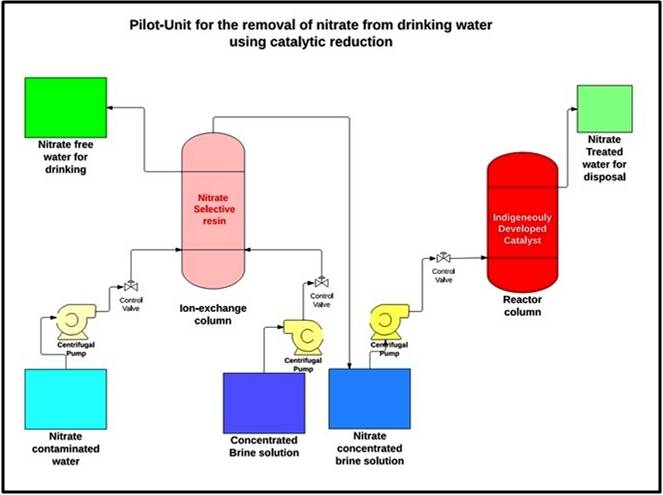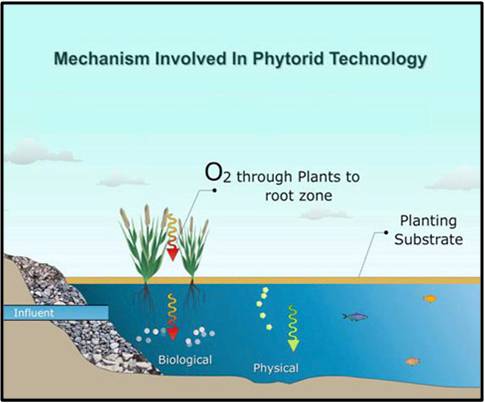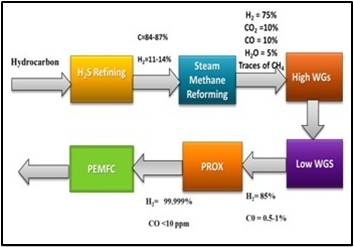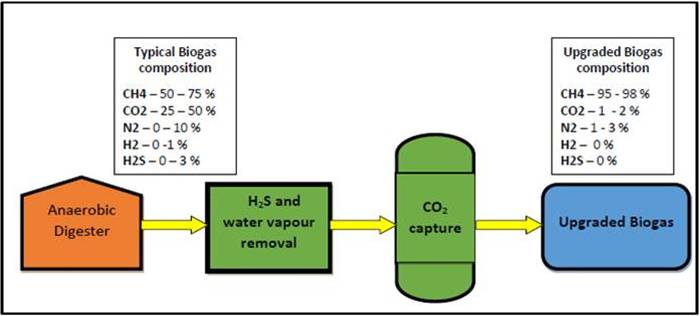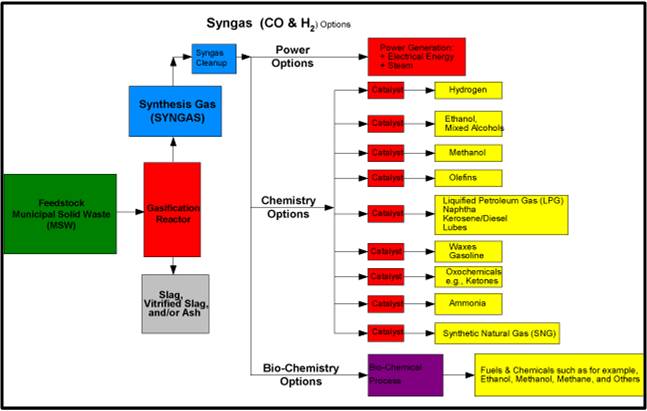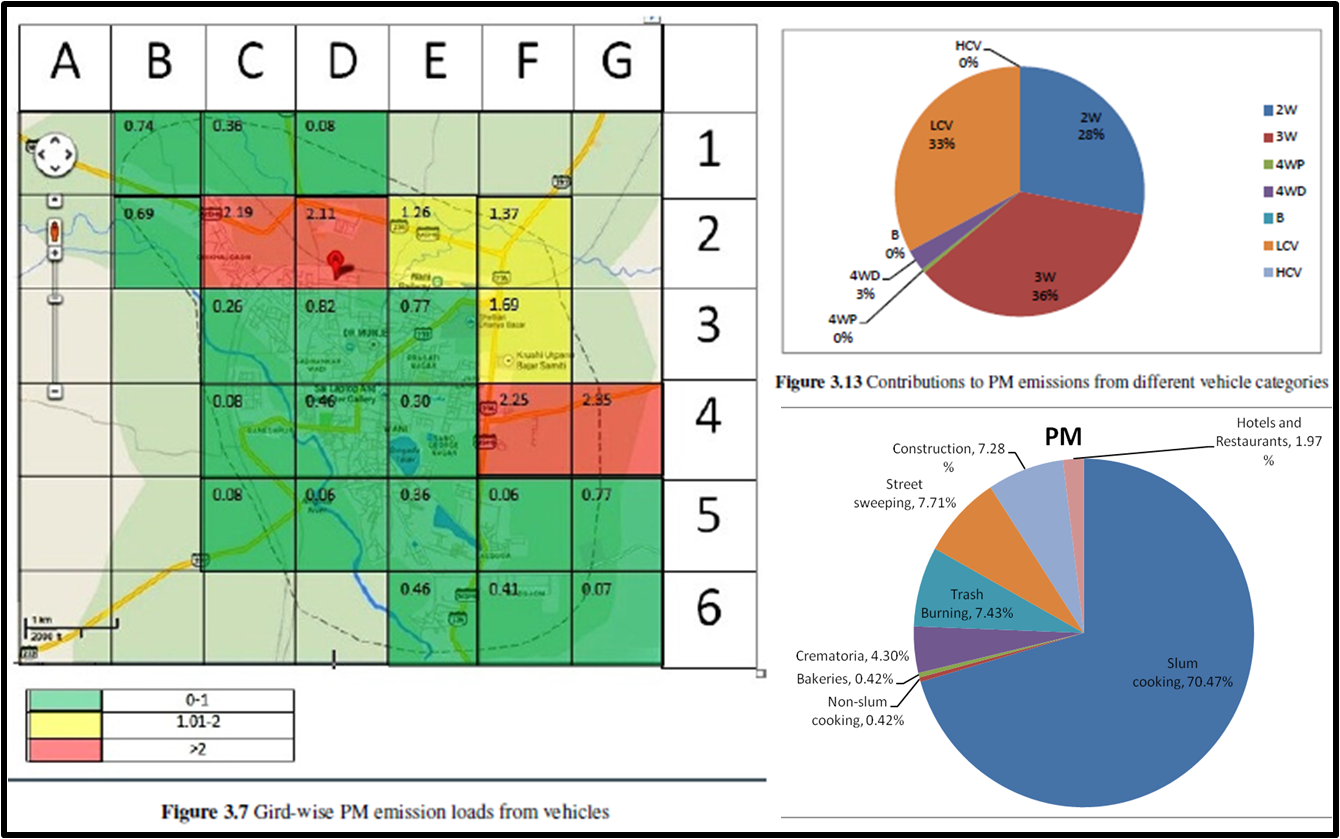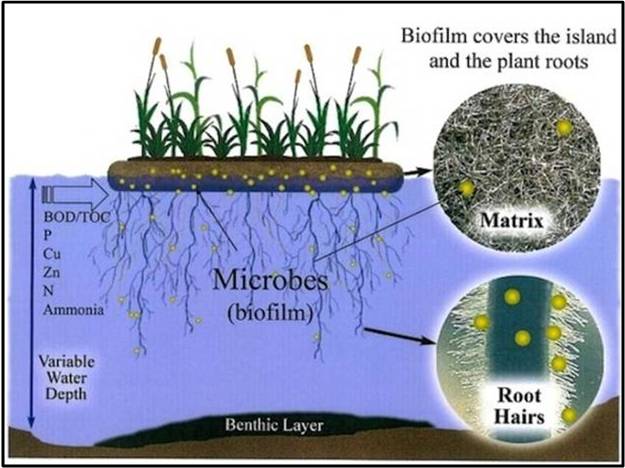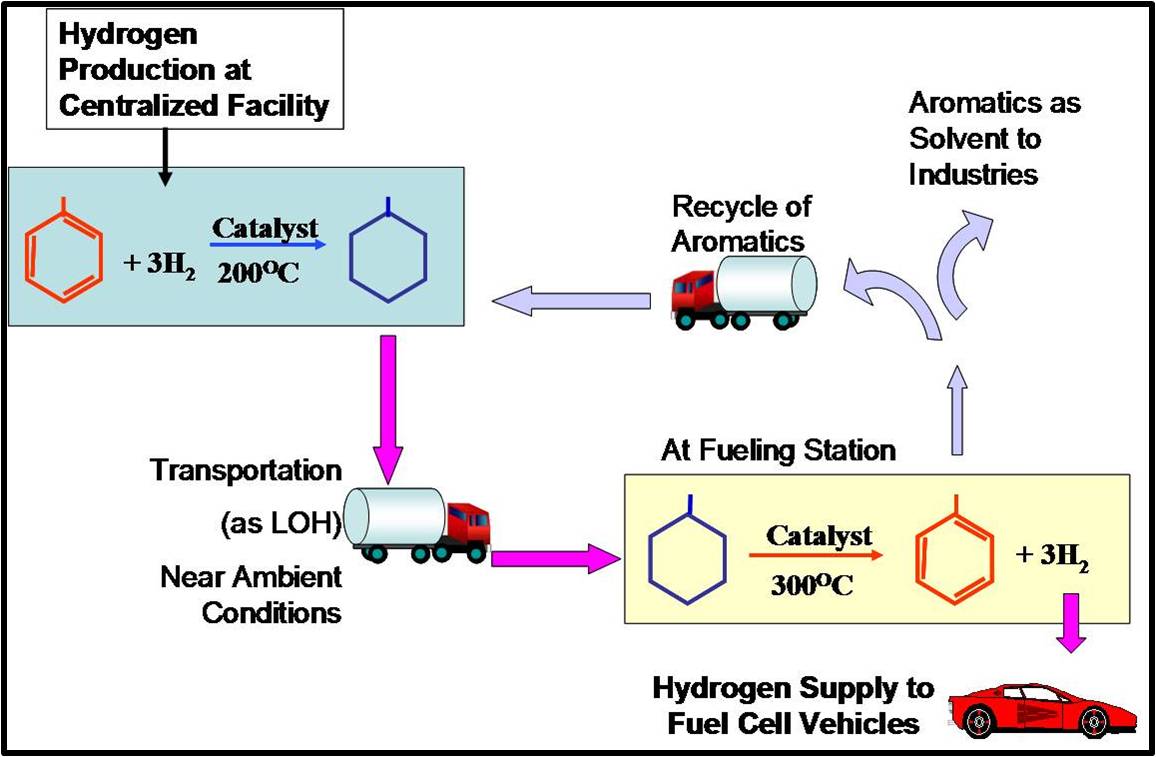
Hydrogen storage and delivery
Hydrogen a future fuel and a greener fuel is a necessity in the upcoming future due to scarcity of fuels existing at present. It requires a special attention to hydrogen transport, its storage and related activities when it is present in the gaseous form since it is highly inflammable. Among various hydrogen storage technologies Liquid organic hydride (LOH) seems to be a very promising method for transporting and storing hydrogen.
